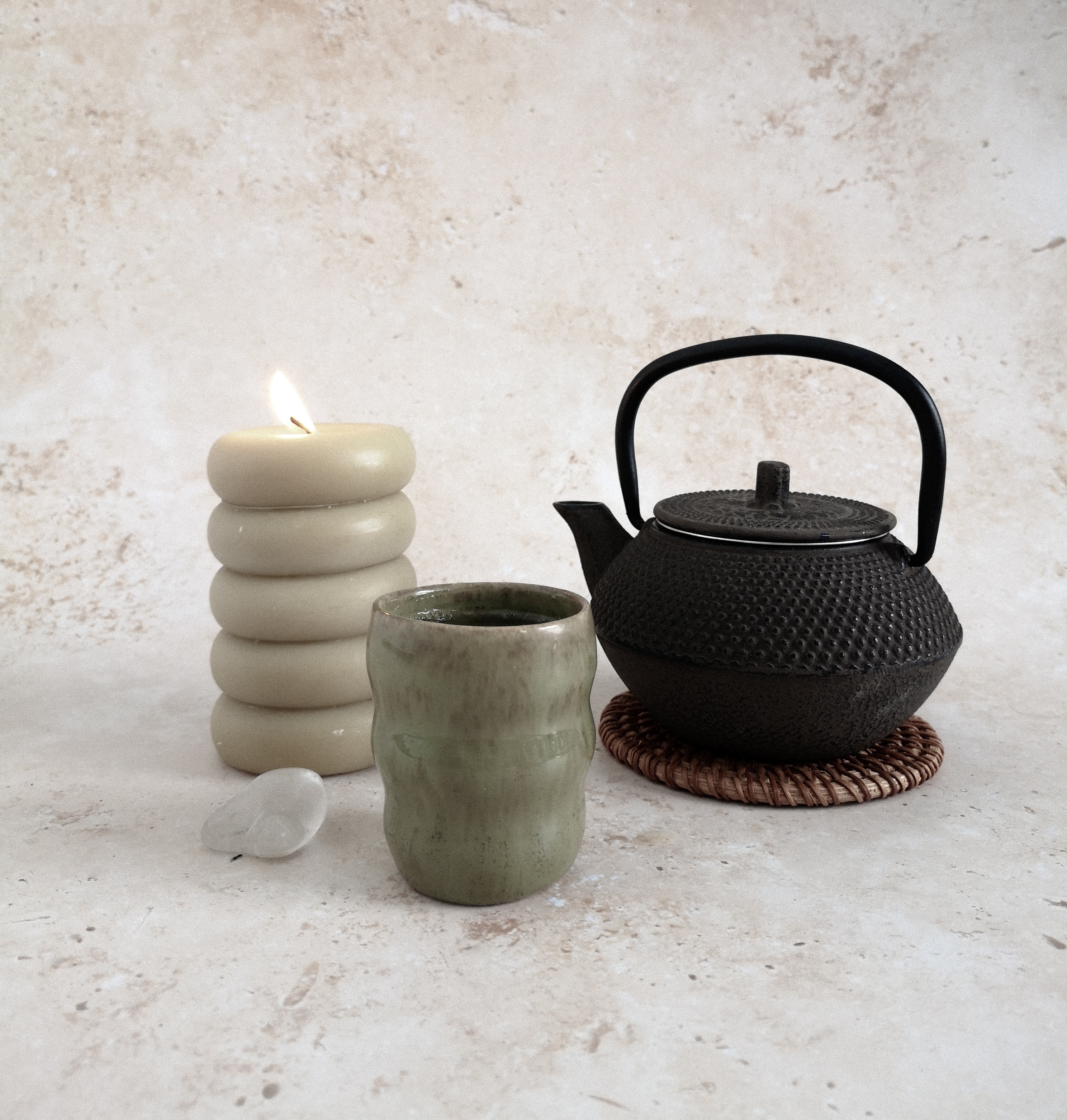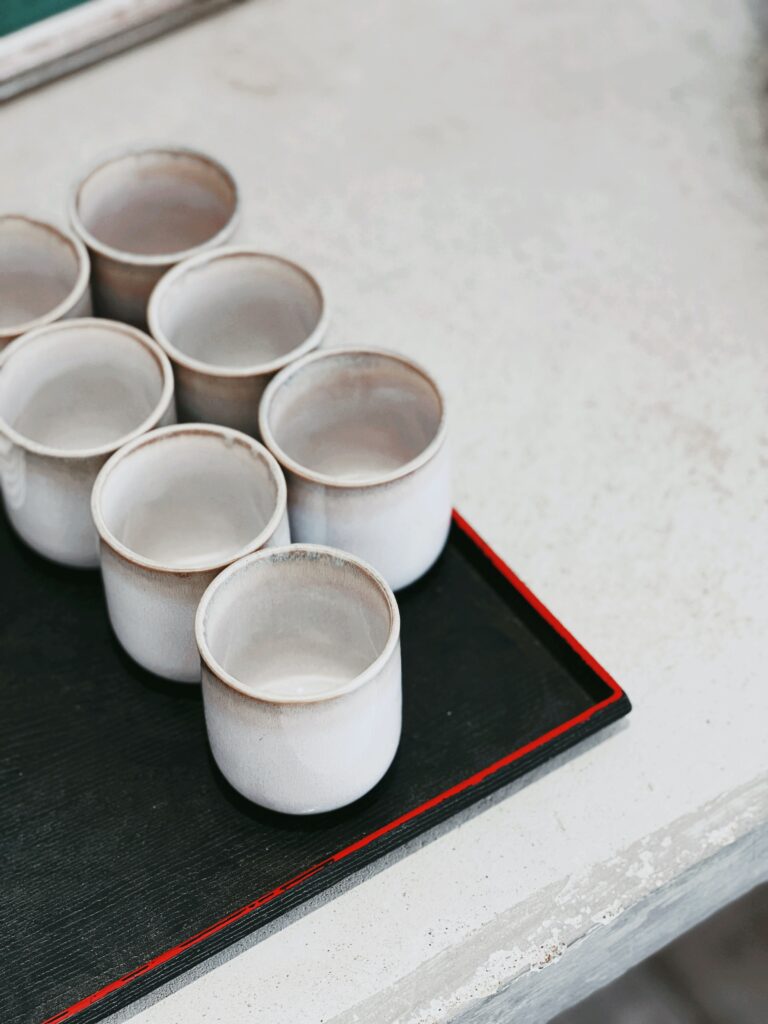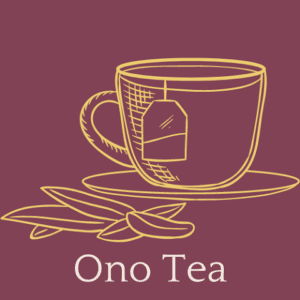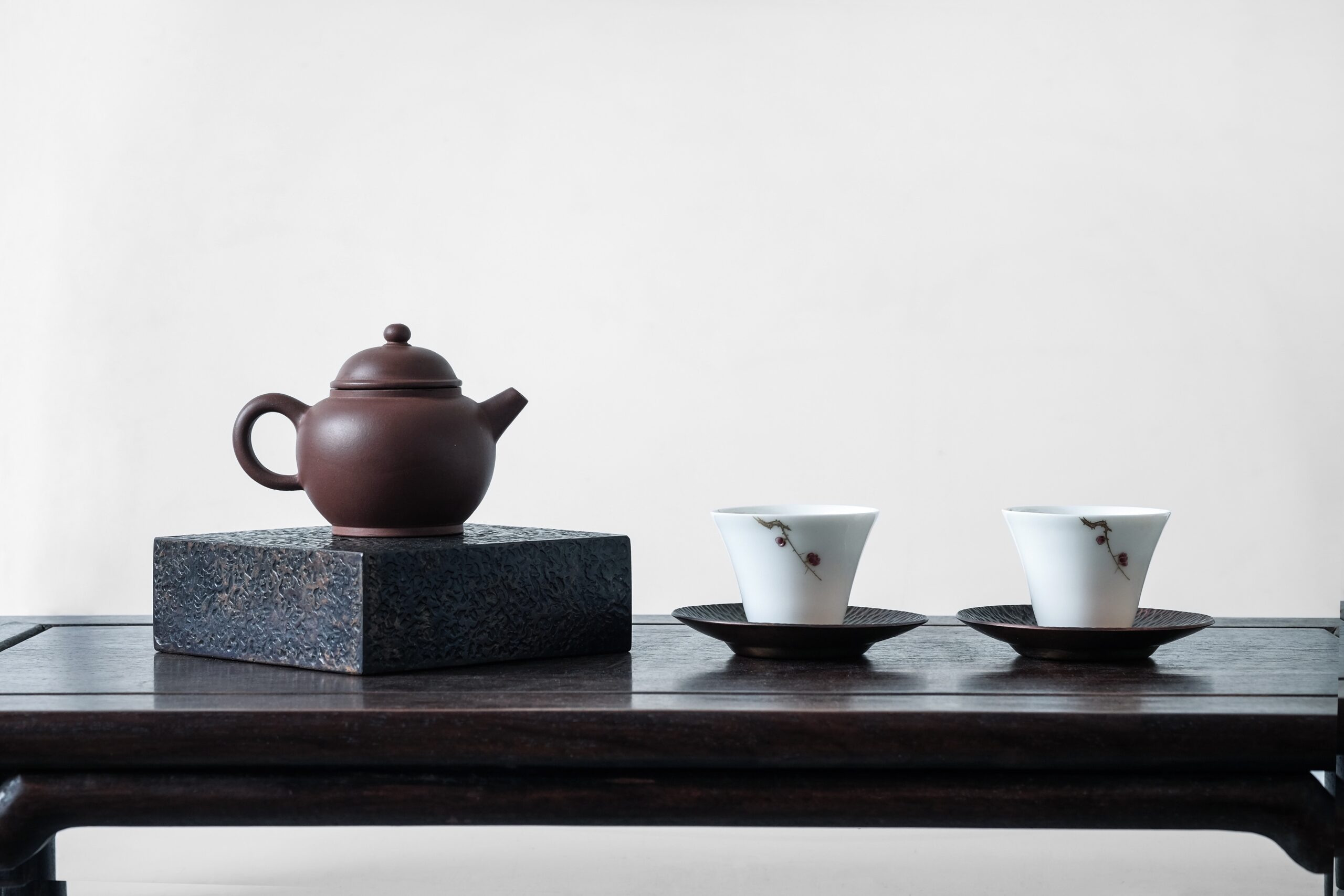Oolong tea, or ‘wulong’ or ‘black dragon’ tea, as it’s sometimes fondly known, is a traditional Chinese tea with a special processing method that lies somewhere in between green and black tea, giving it its unmistakable and unique flavor.
The oolong tea taste comes straight from the tea plant: Camellia sinensis leaves that are allowed to be partially fermented before being dried, rolled, and, of course, brewed!
So what is the oolong tea flavor? It’s a unique blend between the best of black tea and green tea.
Oolong loose-leaf tea has it all! From sweet and fruity to deep and woodsy, you can pretty much find anything under the sun. Not to mention its delightful scent—whether that’s a honeyed aroma or a roasted potion of goodness, you’ll be hooked in no time. Talk about an amazing variety of flavors for one type of tea! Oolong tea sure packs a punch!
How Does Oolong Tea Taste?
Oolong tea is unquestionably recognized for its signature light and flowery scent. With a range of distinctive flavor profiles to choose from: sweet, fruity, and with a hint of nuttiness. Due to this wide range of flavors, it’s no wonder that drinking oolong tea is reminiscent of both black and green tea. It essentially sits between the jaunty notes of green tea and the deep malts of black tea when it comes to its flavor profile.
Choosing your best-tasting Oolong tea may take some experimentation as you get to know caramel-like roasted notes or delicate floral tones; either way, however, make sure to always brew it in accordance with manufacturer instructions for that extra fullness in flavor!
Variations of Oolong Tea
- Creamy: Some oolong teas have a truly creamy texture and flavor that is absolutely delicious. There’s nothing quite like it! Enjoying a cup of these ultra-smooth and creamy teas is like indulging in a little bit of luxury. Simply divine!
- Floral and Fragrant: Oolong tea is a truly special treat. From the delicate petals of rose to the seductive tendrils of jasmine and the dainty sprigs of orchid, all these fragrant florals find their way into this cup. So enjoy your drink and get ready for a flavorful journey.
- Nutty: Get ready for a nutty flavor with hints of almonds, hazelnuts, and even peanuts. A true nut lover’s delight!
- Earthy: Some may enjoy a more veggie-packed flavor in this tea, hinting at the likes of spinach or kale.
- Fruity: Ah, the delightful notes of apricot, peach, and plum! Oolong teas can sometimes bring out these mesmerizing flavors. And how about some exotic fruits like pineapple or papaya? Yes, indeed—they are definitely present here, adding a delightful fruity twist to this amazing tea. Yum!
- Roasted or Caramel Flavors: What a delight! These amazing aromatics are the result of a specialized method that steams oolong tea, toasting and caramelizing its flavor. The outcome? A succulent sip that’s sure to satisfy your taste buds.
- Honey: A few blends of this tea have a delightfully sweet flavor, reminiscent of honey—and it’s completely natural!

What Factors Affect Oolong Tea’s Taste?
Each tea master has a unique flavor like no other! What factors affect the aroma of these loose-leaf teas? Let’s dig into it!
Type of Plant
The types of plants used to make tea undeniably influence its taste. For instance, the Mexican milky oolong owes its creamy, faintly milky profile to the Jin Xuan cultivar.
Where It Is Grown
However, the terroir of the tea—high altitudes, sufficient rain, mist, and sunshine combined with fertile soil—also has a significant impact on its distinctive flavors.
Roasting
Plus, light oxidation or no roasting means fresher notes of flowers perfume your cup. On the other hand, deep-roasted oolong presents an intense flavor punch.
Not only is aging your own batch of this extraordinary tea possible, but its unique flavor profile holds a range of tantalizing tastes, such as hints of charcoal, whisky, and mellowness, sure to tantalize your taste buds.
Oolong Tea’s Caffeine Level
There is some caffeine in oolong tea. So if you’re sensitive to it, make sure you enjoy it in moderation! But don’t forget that the brew time, temperature, and quantity of tea leaves all play an essential role in the flavor and health benefits, so take heed of the instructions provided on the packaging or ask a tea aficionado for their expert advice.
The longer you brew and steep, the more caffeine is in the tea!
Storing Oolong Tea
Ah, oolong tea! Storage is key if you want it to stay fresh and vibrant for a long time. Seek out a reliable retailer that can provide information about how and when the tea was processed and packed; this way, your oolong will be sure to remain fragrant and flavorful for as long as possible!
Just make sure you store it the right way: in a cool, dark room in an airtight container away from light and moisture. Additionally, try to keep it away from food items like coffee and spices, as these can cause the flavor to fade over time. With proper care, you can even keep it for two years!
What’s the Difference Between Oolong and Black Tea?
Heavy oxidation gives oolong tea a similar flavor to green and black teas, but it tends to lack body.
Here is an unusual factoid: some oolong teas can be oxidized up to 99%; expect tones similar to those of somewhat fruity Chinese black teas from a heavily oxidized black oolong tea. Even so, oolongs usually offer more life and fragrance than regular black tea!
Is Oolong Tea Good for You?
Who knew that sipping oolong tea could give you more than just a pleasant taste? It has unique characteristics since it combines components of green and black tea, including EGCG to boot.
And with those components come amazing benefits! Believe it or not, oolong tea can help with weight loss, promote better gut health, decrease inflammation levels and inflammatory markers, reduce cholesterol levels, and even lower the risk of cardiovascular diseases, all while providing an energizing boost thanks to caffeine. So forget about basic old black tea; there’s so much more out there just waiting to be enjoyed!

Instructions for Making the Perfect Cup of Oolong Tea
Making a perfect cup of oolong tea is easy!
- First, add one teaspoon of oolong tea to your cup
- Next, pour freshly boiled water over it.
- Now, let the tea steep for three to four minutes.
And presto, a perfect cuppa! Oh, and don’t forget to relax and enjoy it too. Cheers!
Brewing up some high-quality oolong tea takes time, high-grade water, and the right gear.
Infusing some oolong tea leaves or bags for 5 minutes gives you that magnificent mugful, while others only need a few seconds to steep to hit the spot!
It’s best not to use water with either high mineral or chlorine content, as this may alter the taste of the tea
Brewing the perfect oolong tea is all about technique! For a delicious cup, use a small teapot with one gram of leaves for every 20–30 ml of water. The ideal temperature range is between 185 and 203 degrees Fahrenheit.
Start off by washing your leaves quickly in boiling water and discarding that first brew, nicknamed “the rinse.”
Then try steeping the same leaves for 10–20 seconds and gradually increasing the time until you get just the right taste.
If you are making oolong the Western way, use one teaspoon per cup with a suggested steep time between 1 and 3 minutes, all while keeping an eye on that temperature dial, which should be hovering around 185 degrees Fahrenheit.
Wrapping Up
Want to add something new to your tea collection? Let it be oolong tea! This ancient Chinese beverage has been enjoyed for centuries because of its premium quality and health benefits.
It’s a fantastic option for tea lovers who want to experience something different—enjoy its unique flavor and reap its rewards, like stress relief, weight loss, and better overall well-being!
This tea has a wide range of flavors, from fruity and earthy to nutty, depending on what you pick.
Cheers!

